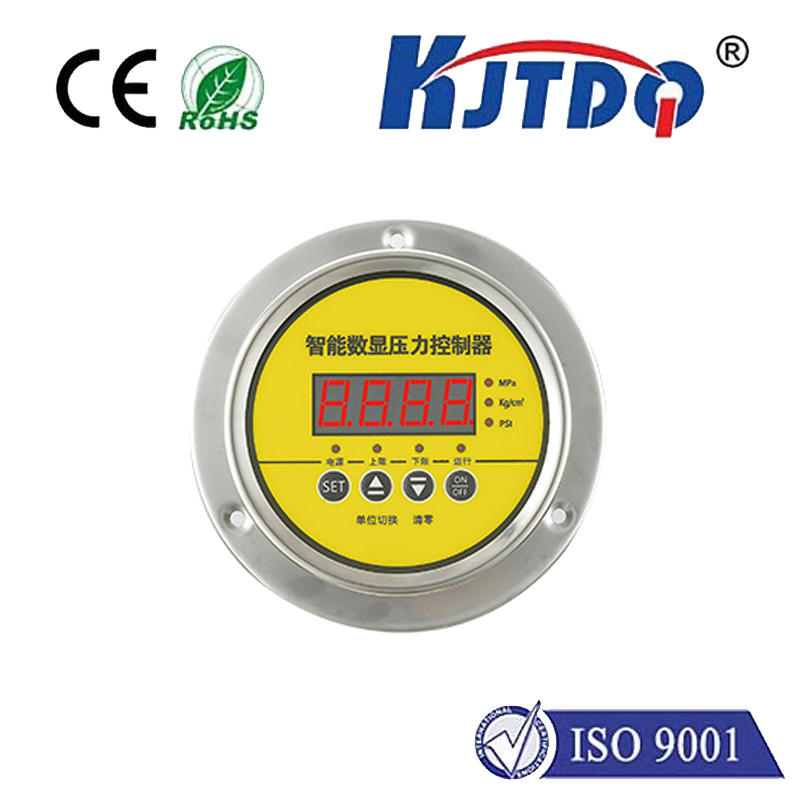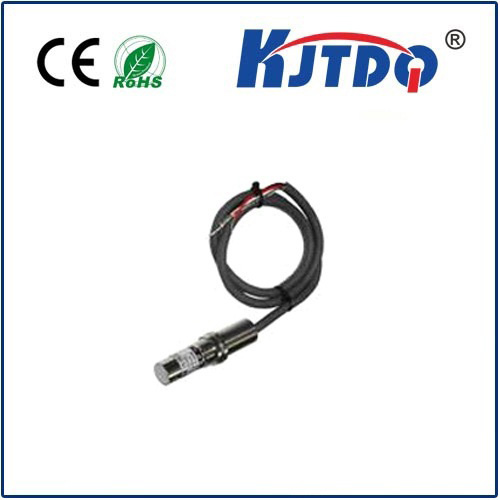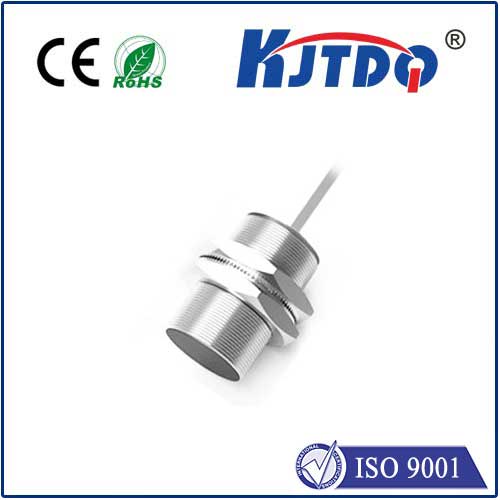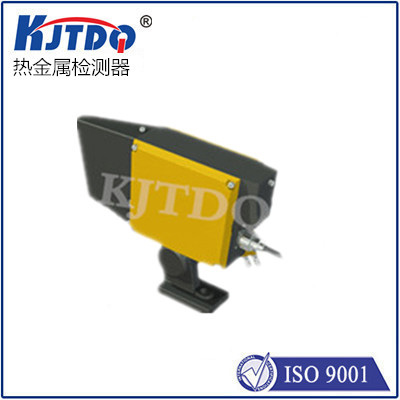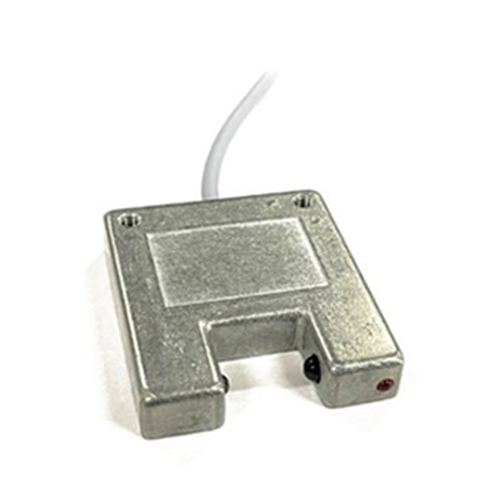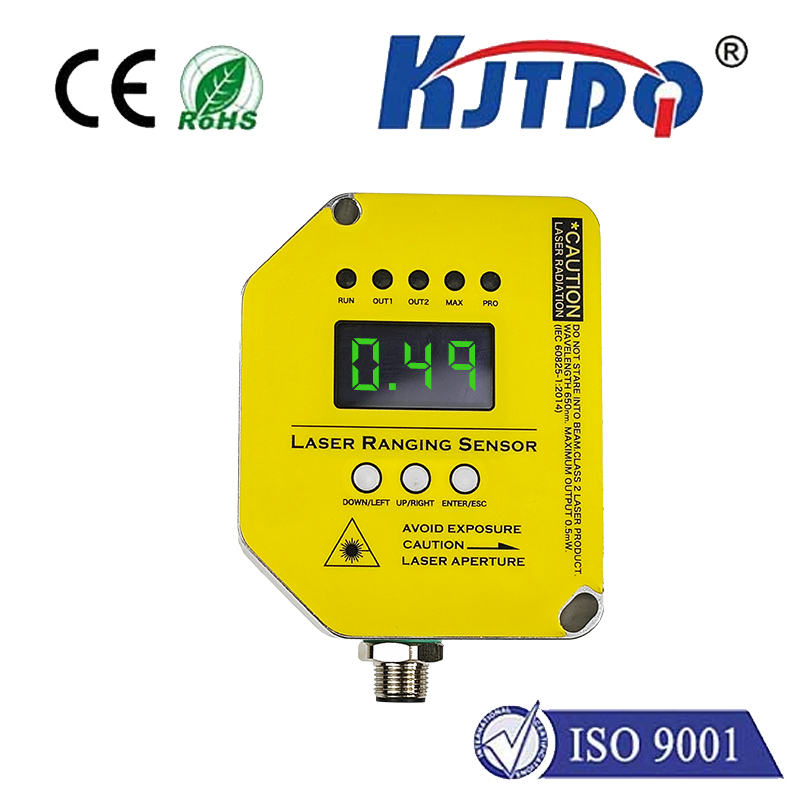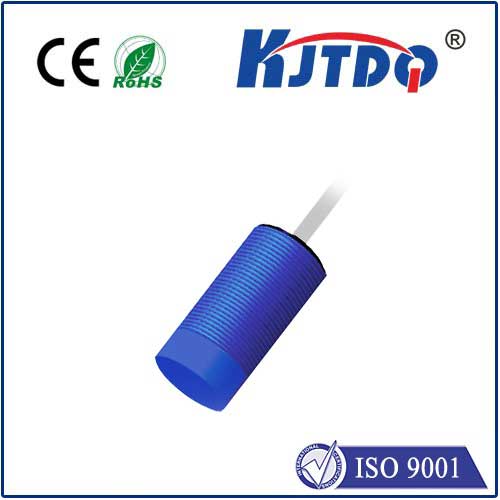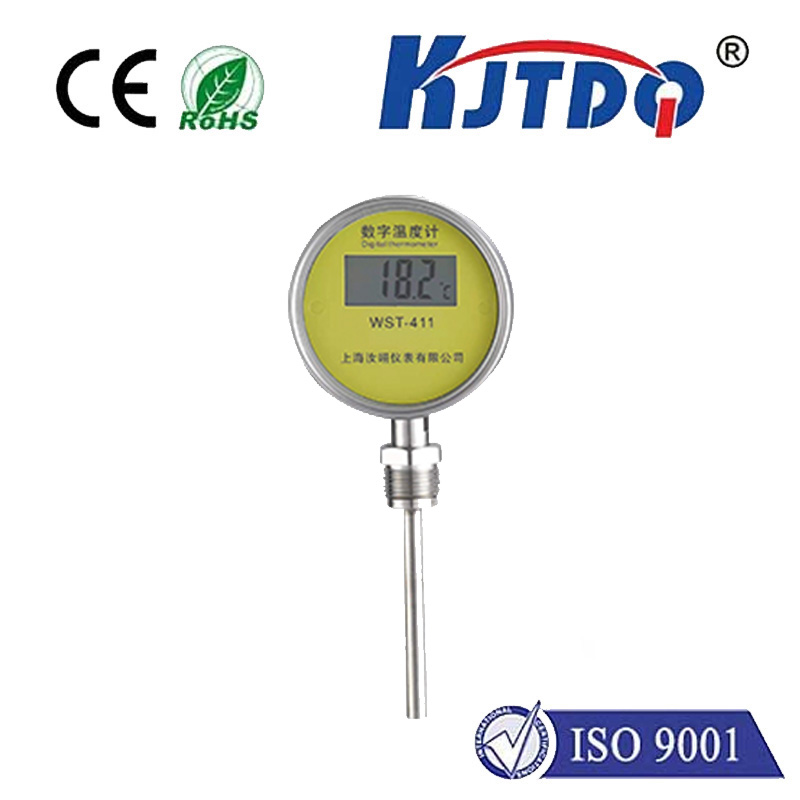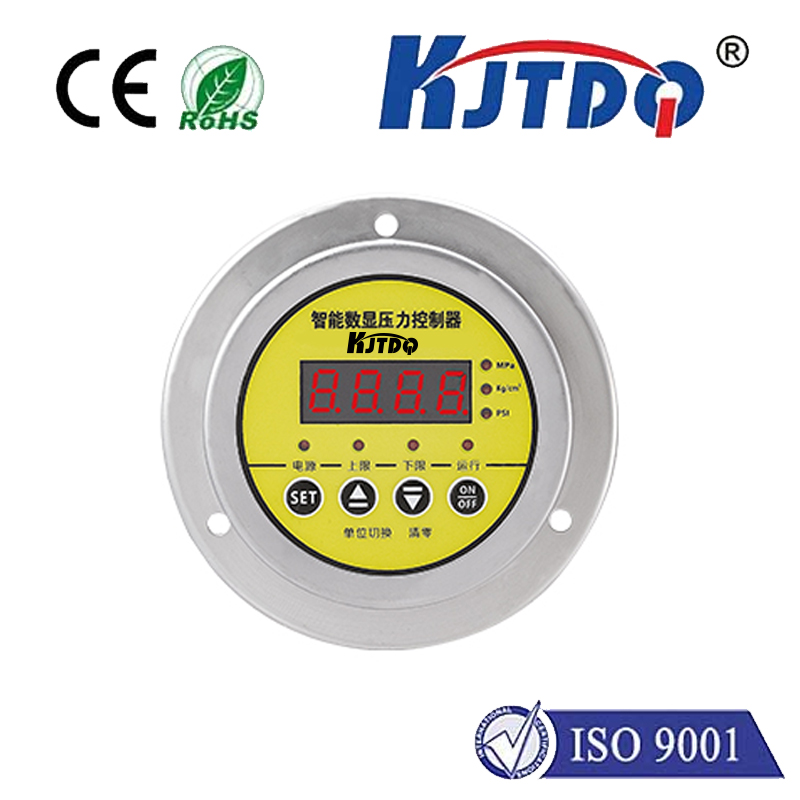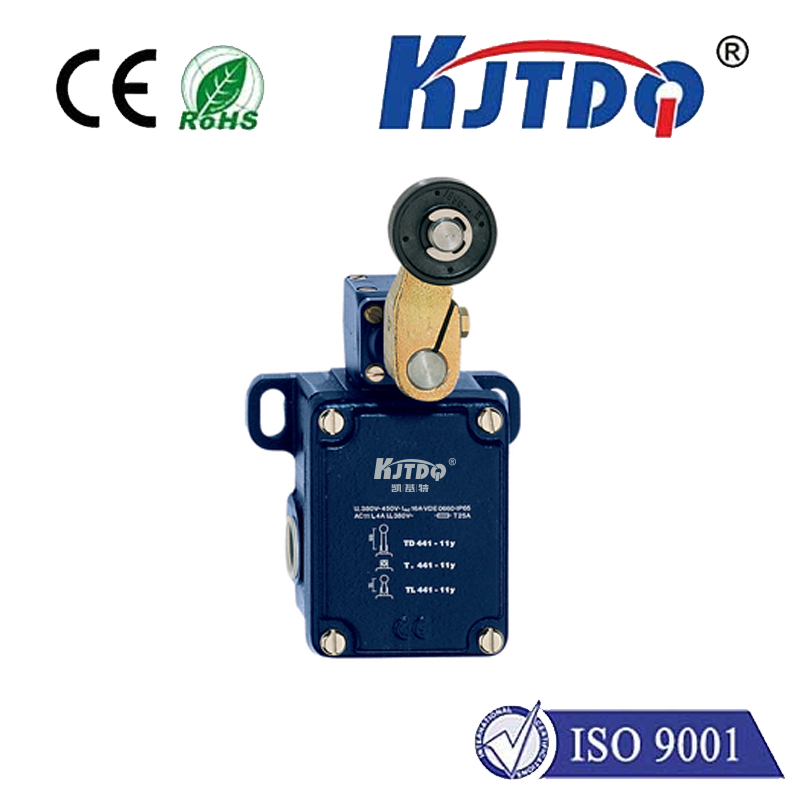industrial proximity sensor
- time:2025-06-12 20:07:36
- Нажмите:0
Industrial Proximity Sensors: The Silent Guardians of Modern Automation
Imagine a high-speed robotic arm flawlessly assembling components, stopping millimeters before a collision. Picture a conveyor belt system instantly adjusting, detecting a misplaced package before it causes a jam. Envision a machine safeguarding operators by halting dangerous movements when a hand ventures too close. These aren’t scenes from science fiction; they’re everyday realities powered by the unsung heroes of industrial automation: proximity sensors. These compact, rugged devices provide the essential non-contact detection fundamental to efficiency, safety, and reliability across countless industrial sectors.
At their core, industrial proximity sensors are devices designed to detect the presence or absence of an object (their target) without physical contact. They accomplish this through various physical principles, emitting a field or beam and monitoring changes caused by the target’s approach. This non-contact nature is critical – it eliminates wear and tear associated with mechanical switches, ensures faster response times, enhances durability in harsh environments, and allows detection through certain non-metallic barriers like plastic or glass.
How Do Proximity Sensors Work? The Core Principles:
The magic lies in sensing changes within an emitted field. Key types dominate industrial settings:

- Inductive Proximity Sensors: These are the undisputed workhorses for detecting metallic objects. They generate an oscillating electromagnetic field. When a ferrous (iron-based) or non-ferrous (like aluminum or copper) metal target enters this field, it induces eddy currents within the metal. This current draw dampens the sensor’s own oscillation. An internal circuit detects this amplitude change and triggers the sensor’s output switch (usually solid-state NPN or PNP). Their strengths include extreme reliability, resistance to dirt, oil, and moisture (often rated IP67 or higher), and immunity to surface conditions like dirt or paint on the target. They are ubiquitous in machine automation, material handling, robotics, and automotive assembly lines.
- Capacitive Proximity Sensors: Think of these as detectors for almost anything, including metals, plastics, wood, liquids, powders, and even granular materials. They generate an electrostatic field. Any object entering this field alters the dielectric constant and thus the sensor’s capacitance. This change is detected, triggering the output. This makes them incredibly versatile for tasks like detecting fill levels in plastic or glass containers, controlling flow of liquids/grains/powders, identifying presence of non-metallic parts (packaging, bottles, labels), and even sensing through tank walls. They offer excellent non-contact level detection for liquids and bulk solids.
- Photoelectric Sensors (Proximity Mode): While known for longer ranges, many operate effectively as proximity devices. They use light (visible red, infrared, laser) to detect objects. The basic types include:
- Through-Beam: Separate emitter and receiver. Detection occurs when the target breaks the light beam. Offers the longest sensing range and highest reliability but requires mounting two units.
- Retroreflective: Emitter and receiver in one housing, using a reflector. Target detection occurs when it breaks the beam reflected back to the sensor. Easier installation than through-beam.
- Diffuse (Proximity Mode): Emitter and receiver in one unit. Detection occurs when light reflected directly from the target reaches the receiver. Sensing range is shorter (true proximity) and depends heavily on target color, reflectivity, and surface texture. Excellent for detecting small objects at close range or differentiating between surfaces. Widely used in packaging, bottling, material handling automation, and assembly verification.
- Ultrasonic Proximity Sensors: These use high-frequency sound waves. They emit a burst of sound and measure the time for an echo to return. The presence of an object within the detection zone alters the echo timing or strength. They excel in detecting objects regardless of color, transparency, or material composition, operating reliably in dusty, foggy, or vaporous environments where optics might fail. Applications include liquid level control, presence detection of clear bottles or films, and pallet stacking.
Why Are Proximity Sensors Indispensable? The Tangible Benefits:
The widespread adoption of industrial proximity sensors is driven by measurable advantages:
- Enhanced Efficiency & Productivity: Enable high-speed counting, positioning, and sequencing of parts without physical contact, minimizing downtime due to jams or misalignments. Automated processes run faster and more reliably.
- Increased Safety: Provide crucial machine guarding by detecting personnel entry into hazardous zones, triggering emergency stops (E-Stops) or interlocking safety doors, preventing accidents. Non-contact detection keeps personnel away from moving parts.
- Superior Reliability & Durability: With no moving parts to wear out, they offer long operational lifespans. Robust housings and high IP ratings (e.g., IP67, IP69K) ensure reliable performance in harsh factory environments – exposed to dust, moisture, vibration, temperature extremes, and chemicals.
- Cost Savings: Reduced mechanical wear translates to lower maintenance costs and less unplanned downtime. Their longevity offsets the initial investment.
- Versatility & Flexibility: The wide variety of sensing principles and form factors allows selection of the optimal sensor for nearly any material, environment, and detection range requirement within an industrial setting.
Key Applications Driving Industry:
The reach of proximity sensors is vast:
- Positioning & End-of-Travel Detection: Confirming cylinders are extended/retracted, checking gates are open/closed.
- Object Presence/Absence: Detecting parts on conveyors, pallets on lines, bottles on fillers, components in assembly jigs.
- Counting & Flow Control: Tallying products moving on a line or managing material flow rates in chutes.
- Level Detection: Monitoring fill levels in bins, hoppers, tanks (especially liquids and granular materials using capacitive or ultrasonic sensors).
- Speed Monitoring: Measuring rotational speed of shafts or detecting teeth on gears.
- Machine Safety: Activating E-Stop circuits when personnel enter danger zones via safety light curtains or presence detection sensors.
- Robotics: Providing precise object location and collision avoidance feedback for robotic arms.
Choosing the Right Industrial Proximity Sensor: Critical Considerations
Selecting the optimal sensor is vital for performance. Key factors include:
- Target Material: Metal? Non-metal? Liquid? Powder? This primarily dictates the sensing principle (inductive for metal, capacitive or ultrasonic for non-metals/liquids, photoelectric for diverse surfaces).
- Required Sensing Range: How far away does the sensor need to detect the target? Capacitive and photoelectric diffuse have shorter proximity ranges (few mm to cm), while inductive offers slightly more, and ultrasonic/photoelectric through-beam offer the longest.
- Environmental Conditions: Exposure to dust, moisture (IP rating!), chemicals, temperature extremes, vibrations, or electrical interference? Ruggedness and specific immunity are crucial.
- Mounting Constraints: Available space? Flush, non-flush, or shielded mounting options? Inductive sensors often require non-flush mounting for maximum range. Barrel (cylindrical) vs. block/rectangular form factors?
- Output Type & Electrical Requirements: NPN (sinking) vs. PNP (sourcing) transistor outputs? Relay output? Voltage requirements (10-30V DC common)? Connection type (cable, connector)?
- Response Time: How quickly must the sensor react? Inductive sensors offer very fast switching speeds.
Industrial proximity sensors, operating faithfully and quietly on the factory floor, are truly the silent guardians of modern manufacturing and process control.

